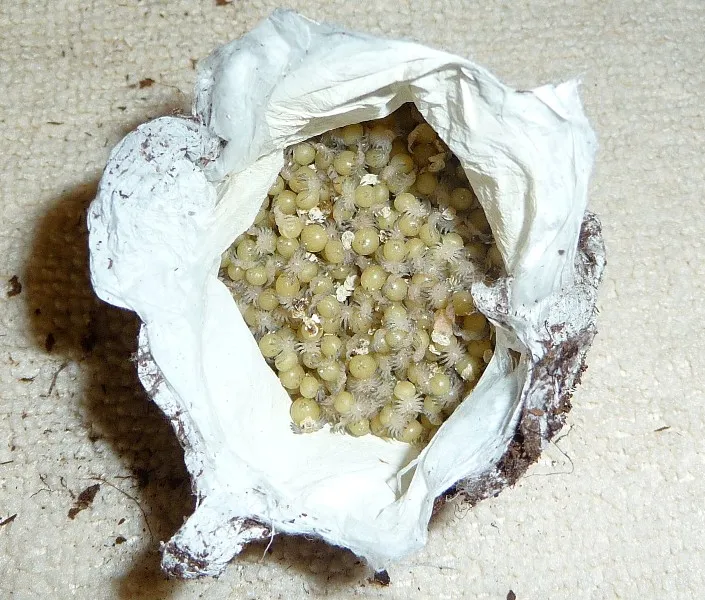The Tarantula Egg Sack: An Overview
Tarantula egg sack hatching is a fascinating process for any tarantula enthusiast. Understanding the intricacies of this process is crucial for successful breeding and raising healthy spiderlings. This article will delve into the top 5 facts you need to know about tarantula egg sack hatching, covering everything from the egg sack itself to the critical environmental factors and the steps involved in caring for the tiny tarantulas once they hatch. It’s a rewarding experience, witnessing the cycle of life unfold within a terrarium. Proper knowledge and preparation are essential for maximizing your chances of success and ensuring the well-being of both the mother tarantula and her offspring. So, let’s dive in and uncover the secrets of tarantula egg sack hatching.
What is a Tarantula Egg Sack
A tarantula egg sack is essentially a protective pouch created by the female tarantula to house and safeguard her eggs. This sack is made from silk, a remarkable material produced by the tarantula’s spinnerets. The female meticulously weaves the silk around her eggs, creating a secure environment that shields them from external threats, such as predators, environmental fluctuations, and desiccation. The egg sack’s construction varies slightly depending on the species, but generally, it’s a round or oval structure, often with a dense, woven texture. The size of the egg sack will also vary based on the tarantula species and the number of eggs it contains. The female will diligently protect the egg sack, often carrying it with her until the spiderlings hatch, ensuring their safety until they are ready to venture out on their own. This is an instinctive behavior fundamental to the survival of tarantula offspring.
The Purpose of an Egg Sack
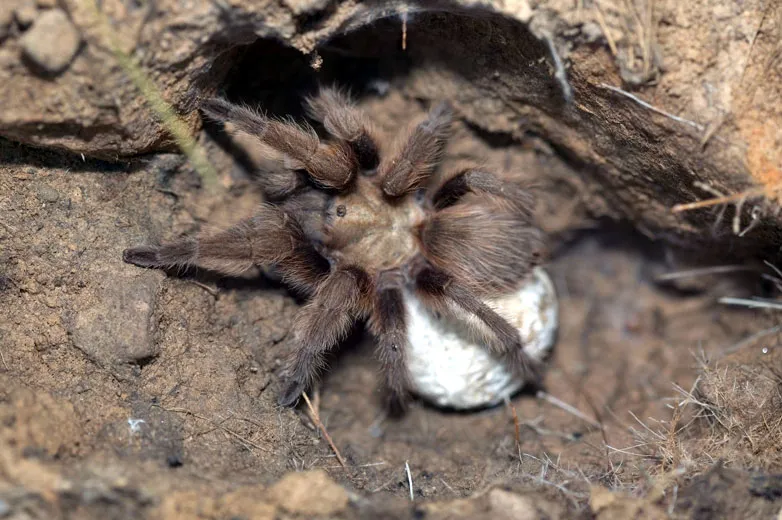
The primary purpose of the egg sack is to protect the developing eggs from external hazards. It provides a stable microclimate, regulating temperature and humidity to optimize the conditions for embryonic development. The silk of the egg sack also acts as a physical barrier, shielding the eggs from potential predators, parasites, and physical damage. Furthermore, the egg sack helps to prevent desiccation, maintaining the necessary moisture levels crucial for successful hatching. Inside the egg sack, the eggs are protected from the fluctuations in the external environment, allowing them to develop in a relatively consistent and safe setting. The female tarantula’s diligent care of the egg sack, including turning and maintaining it, ensures the eggs receive the care needed for healthy development. This protective function of the egg sack is critical for the survival and propagation of the tarantula species, ensuring that a high percentage of eggs hatch into healthy spiderlings.
Fact 1 Temperature is Key
Temperature plays a crucial role in the successful hatching of a tarantula egg sack. Maintaining the correct temperature range is essential for the proper development of the spiderlings inside. Both too high and too low temperatures can negatively impact the hatching process. High temperatures can lead to premature hatching or developmental issues, while low temperatures can significantly delay or even prevent hatching altogether. Therefore, temperature control is a key factor in the overall success of tarantula egg sack hatching. Careful monitoring and maintenance of the temperature are essential to ensuring the eggs develop properly and hatch into healthy spiderlings, ready to start their lives. This underscores why tarantula keepers must pay close attention to their enclosures’ ambient temperatures.
Ideal Temperature Range
The ideal temperature range for tarantula egg sack hatching typically falls between 75°F and 85°F (24°C and 29°C). This range provides the optimal environment for the eggs to develop and hatch. The specific temperature requirements can vary slightly depending on the species of tarantula, but generally, this range is considered safe and effective. It is advisable to research the specific requirements of the species you are breeding to ensure the most accurate temperature management. Keeping the temperature within this range supports healthy development and increases the chances of a successful hatch. Deviation outside this range can result in developmental delays, deformities, or even the complete failure of the eggs to hatch. Maintaining a consistent temperature is, therefore, a priority.
Monitoring Temperature

To monitor the temperature, it is highly recommended to use a reliable thermometer placed inside the tarantula’s enclosure. Digital thermometers with remote sensors are particularly useful, as they allow for accurate temperature readings without disturbing the habitat. The thermometer should be positioned in a way that accurately reflects the temperature within the egg sack’s immediate vicinity. Regular checks are necessary, ideally multiple times a day, to ensure that the temperature remains within the optimal range. This enables you to detect and address any fluctuations promptly. If the temperature deviates from the ideal range, adjustments should be made immediately. This may involve using a heat source, such as a heat mat or a ceramic heat emitter, or ensuring that the enclosure is not exposed to direct sunlight or drafts. Precise temperature monitoring is an essential step toward successful tarantula egg sack hatching.
Fact 2 Humidity Matters
Maintaining proper humidity levels is equally as vital as temperature for tarantula egg sack hatching. The eggs and developing spiderlings require a certain level of moisture to thrive. Low humidity can lead to dehydration and hinder the hatching process, while excessively high humidity can foster mold growth and other harmful conditions. Thus, achieving the right balance of humidity is crucial for the success of the process. This directly impacts the survival rate of the developing spiderlings within the egg sack. Monitoring and regulating humidity levels with precision are essential tasks, highlighting the significant role humidity plays in tarantula breeding. The optimal humidity range and the methods employed to maintain it are detailed below.
Maintaining Humidity Levels
Maintaining the correct humidity level involves regular monitoring and adjustments. A hygrometer is essential for measuring humidity accurately within the enclosure. The optimal humidity level typically ranges from 70% to 80% for most tarantula species, but this can vary depending on the specific species. Regular checks, at least once a day, are necessary to ensure the humidity remains within the ideal range. If the humidity is too low, you should add moisture to the enclosure. If it is too high, improve ventilation. Avoid sudden large fluctuations in humidity, as this can stress the developing eggs. A consistent humidity level is critical. Monitoring and adjusting the enclosure’s environment allows the tarantula eggs to develop properly and increases the probability of successful hatching. Careful attention to this environmental factor directly translates to a healthy and thriving generation of spiderlings.
Methods for Increasing Humidity
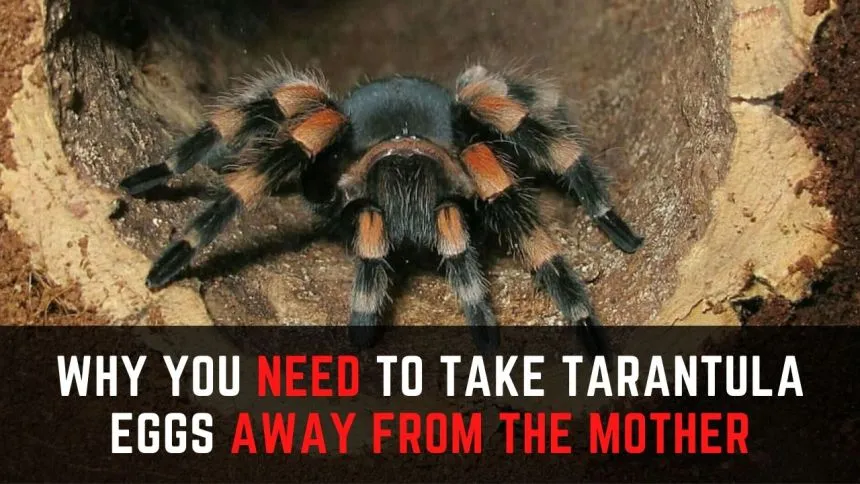
Several methods can be employed to increase humidity levels. The most common method involves misting the enclosure with dechlorinated or distilled water. Mist the substrate and the sides of the enclosure, but avoid direct spraying on the egg sack itself. The frequency of misting will depend on the ambient humidity and the specific needs of the species. Another method is providing a water dish. Ensure the water dish is appropriately sized and shallow to prevent the risk of drowning. Additionally, incorporating moist substrate, such as coco fiber or sphagnum moss, can help retain moisture within the enclosure. Good ventilation is important, so ensure proper airflow without excessively drying out the enclosure. By carefully managing these factors, you can maintain the ideal humidity levels for your tarantula egg sack, greatly improving the chances of a successful hatch. The combination of these techniques will ensure the development and survival of the spiderlings.
Fact 3 Time is of the Essence
The incubation period is another critical aspect of tarantula egg sack hatching. Understanding how long it takes for the eggs to hatch is essential for providing the appropriate care. The duration of the incubation period can vary depending on several factors. Observing the timeframe and being prepared for the hatching process will give you a good chance of success. From the initial deposition of eggs within the sack until the emergence of spiderlings, time dictates everything. The spiderlings need a specific amount of time to develop and grow before hatching and emerging from the sack. Being prepared and knowledgeable about the typical incubation period and its influencing factors will help make the entire process more successful, leading to the birth of healthy baby tarantulas.
Typical Incubation Period
The typical incubation period for tarantula eggs ranges from 4 to 12 weeks, but this is subject to variation among species. Some species may hatch in as little as a month, while others can take up to three months or even longer. It is crucial to research the specific incubation period of the tarantula species you are breeding. This timeframe is influenced by temperature and humidity levels. Monitoring the egg sack regularly, looking for signs of nearing hatching, can help you prepare. During the final weeks, the female may become less active and may start to prepare for the hatching. Observing these behaviors, alongside carefully tracking time, can prepare you for the arrival of baby spiderlings.
Factors Affecting Incubation
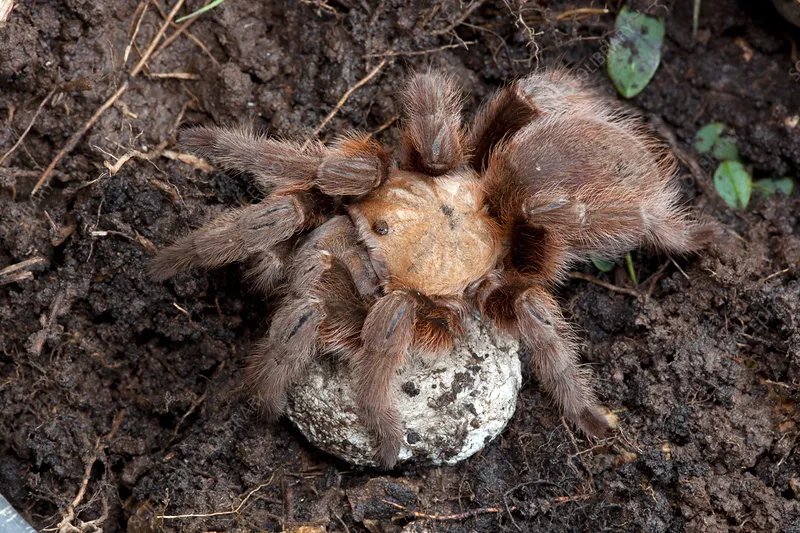
Several factors can affect the incubation period, including temperature, humidity, and the tarantula species. As mentioned earlier, consistent temperature and humidity within the ideal ranges can speed up the hatching. Species also play a huge role in the length of this period. Some species tend to have faster incubation periods than others. Genetics also can play a part. Proper nutrition of the female tarantula before egg-laying can also contribute to the health of the eggs. Maintaining optimal conditions, providing proper care, and being patient are essential elements for successful hatching. Remember that variation is common. If you have researched the species, you can be better prepared for what to expect during the incubation stage and after.
Fact 4 Handling the Egg Sack
Knowing when and how to handle a tarantula egg sack is essential for responsible tarantula keeping. Improper handling can damage the eggs or distress the female tarantula, potentially harming the developing spiderlings. It is generally best to avoid handling the egg sack unless absolutely necessary. However, there are situations where handling becomes unavoidable. Careful handling and following best practices can ensure that both the egg sack and the female tarantula remain unharmed. Handling should only be undertaken when essential for the health or survival of the eggs. A thorough understanding of the situation and the appropriate handling techniques is critical for the well-being of your tarantula and her offspring.
When to Handle
There are only a few instances when handling the egg sack might be required. One instance would be if the female tarantula abandons the egg sack, which can happen, although rarely. In such cases, you may need to remove the egg sack carefully to place it in an incubator with the appropriate conditions. Another situation is if the egg sack becomes contaminated with mold or other undesirable substances. If this occurs, the egg sack should be gently removed and cleaned. It is important to assess the situation with the best interest of the eggs in mind. Minimize handling as much as possible. The goal is to do what is necessary to give the eggs the best chance of hatching. Always prioritize the safety of the eggs and the female tarantula. In most cases, the egg sack should be left undisturbed.
Best Practices
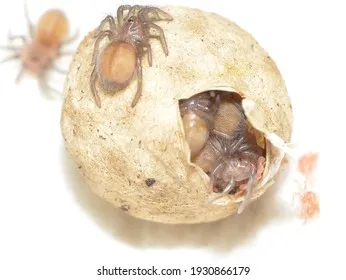
If handling is unavoidable, it’s essential to exercise extreme caution. Wear clean gloves to minimize the risk of contamination. Handle the egg sack gently, supporting it from below to avoid damaging the silk. If transferring the egg sack, do so quickly to minimize exposure to the external environment. Avoid shaking or dropping the egg sack. Keep the egg sack in an environment similar to the original enclosure. Be sure to minimize exposure to light and avoid handling the egg sack unnecessarily. After handling, return the egg sack to its original location or place it in a suitable incubator immediately. Consistent temperature, humidity, and cleanliness are vital in ensuring the eggs develop without problems. Following these best practices will help increase the probability of successful hatching.
Fact 5 The Hatching Process
The hatching process is the culmination of the entire breeding cycle, marking the transition from eggs to spiderlings. Knowing the signs that indicate the eggs are about to hatch is very important. This will allow you to prepare for the arrival of the spiderlings and provide the necessary care for their survival and growth. The emergence of these tiny creatures is truly a marvel to behold. The hatching process is the final act. Understanding the various stages of hatching and being well prepared is key to ensuring the healthy development of these newly hatched spiderlings. This marks a new chapter in the life of a tarantula and the tarantula keeper’s experience.
Signs of Hatching
Several telltale signs can indicate that the tarantula egg sack is about to hatch. One of the most prominent signs is the female’s behavior. She might become less active and spend more time guarding the egg sack. You might also notice slight movements within the egg sack. The appearance of the egg sack may change, with the silk becoming slightly softer or more translucent. Close observation will help you to detect these subtle indications. As hatching approaches, the spiderlings will begin to develop and become visible within the sack. Keep in mind that the time frame of these events will be different depending on the species. Being familiar with the normal behavior of the female and the egg sack will help you determine if the hatching is about to begin.
Post-Hatching Care
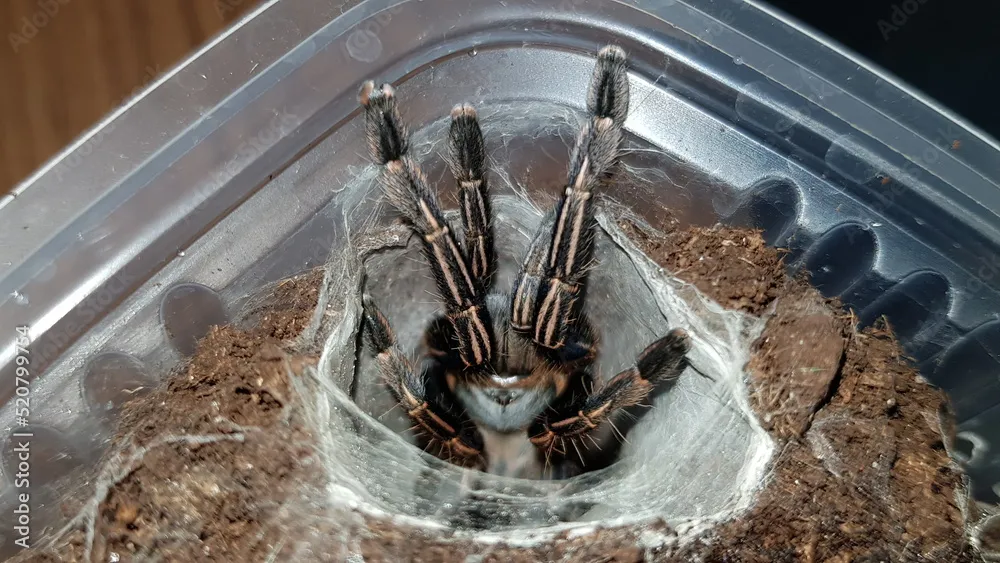
Once the spiderlings have hatched, several steps are required to ensure their survival and healthy development. Usually, the spiderlings remain in the enclosure with their mother for a period of time. At this point, you should provide a shallow water dish and small prey items. This is the time to provide the first feeding. After a short time, the spiderlings will need to be separated into individual enclosures. These enclosures should have appropriate substrate, a small water dish, and a hide. Provide appropriately sized prey items, such as fruit flies or pinhead crickets, for the spiderlings to feed on. Feeding and regular cleaning are also essential. Monitor the spiderlings for any signs of illness or distress. With proper care and attention, these spiderlings will grow into healthy adult tarantulas. Providing appropriate care will greatly influence the development and well-being of the spiderlings.
